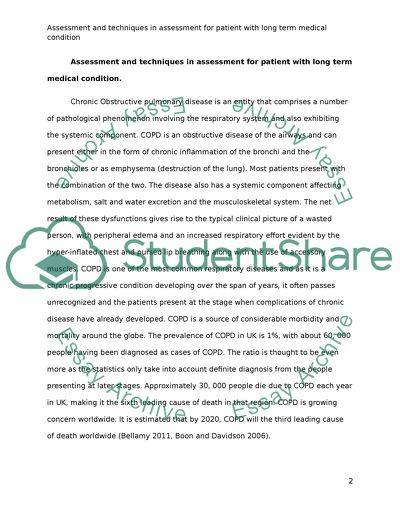Cite this document
(“Assesment and Techniques in Sssessment for Patient with Long Term Essay”, n.d.)
Retrieved from https://studentshare.org/health-sciences-medicine/1444367-assesment-and-techniques-in-assessment-for-patient
Retrieved from https://studentshare.org/health-sciences-medicine/1444367-assesment-and-techniques-in-assessment-for-patient
(Assesment and Techniques in Sssessment for Patient With Long Term Essay)
https://studentshare.org/health-sciences-medicine/1444367-assesment-and-techniques-in-assessment-for-patient.
https://studentshare.org/health-sciences-medicine/1444367-assesment-and-techniques-in-assessment-for-patient.
“Assesment and Techniques in Sssessment for Patient With Long Term Essay”, n.d. https://studentshare.org/health-sciences-medicine/1444367-assesment-and-techniques-in-assessment-for-patient.


